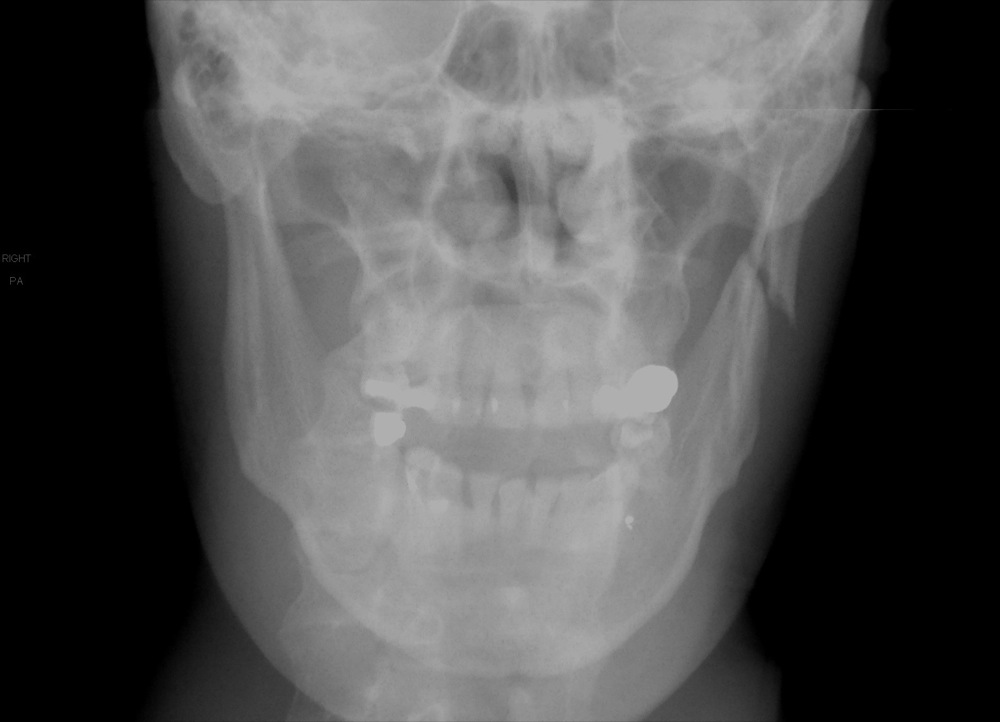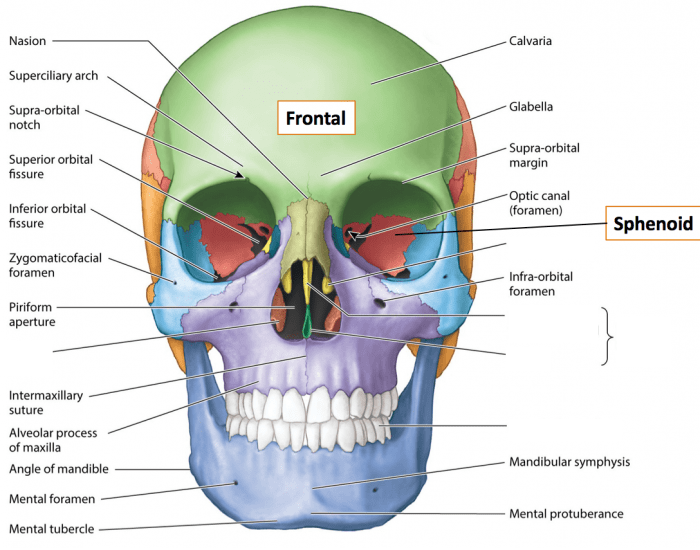



Many patients seen in emergency departments have facial trauma. It is essential to categorize fracture patterns and highlight features that may affect fracture management in radiology reports of facial trauma. Frontal sinus fractures that extend through the posterior sinus wall can create a communication with the anterior cranial fossa resulting in leakage of cerebrospinal fluid, intracranial bleeding. Orbital fractures can also result in injuries to the globe or infraorbital nerve. In orbital fractures, entrapment of the inferior rectus muscles can lead to diplopia, so it is important to assess its positioning and morphology. Severe comminution or angulation can lead to wide surgical exposure. Displaced fractures of the zygomaticomaxillary complex often widen the angle of the lateral orbital wall, resulting in increased orbital volume and sometimes in enophthalmos. The classification of naso-orbito-ethmoid depends on the extent of injury to the attachment of the medial canthal tendon, with possible complications like nasofrontal duct disruption. Conceptualized when low-speed trauma was predominant, the Le Fort classification system has become less relevant giving more importance on maxillary occlusion-bearing segments. These fractures are classified in three basic patterns that can be combined and associated with various complications. In Le Fort fractures, there is a breach between the pterygoid plates and the posterior maxilla. It has helped clinical management and surgical planning, so radiologists must communicate their findings to surgeons effectively. In patients with facial trauma, multidetector computed tomography is the first-choice imaging test because it can detect and characterize even small fractures and their associated complications quickly and accurately.


 0 kommentar(er)
0 kommentar(er)
